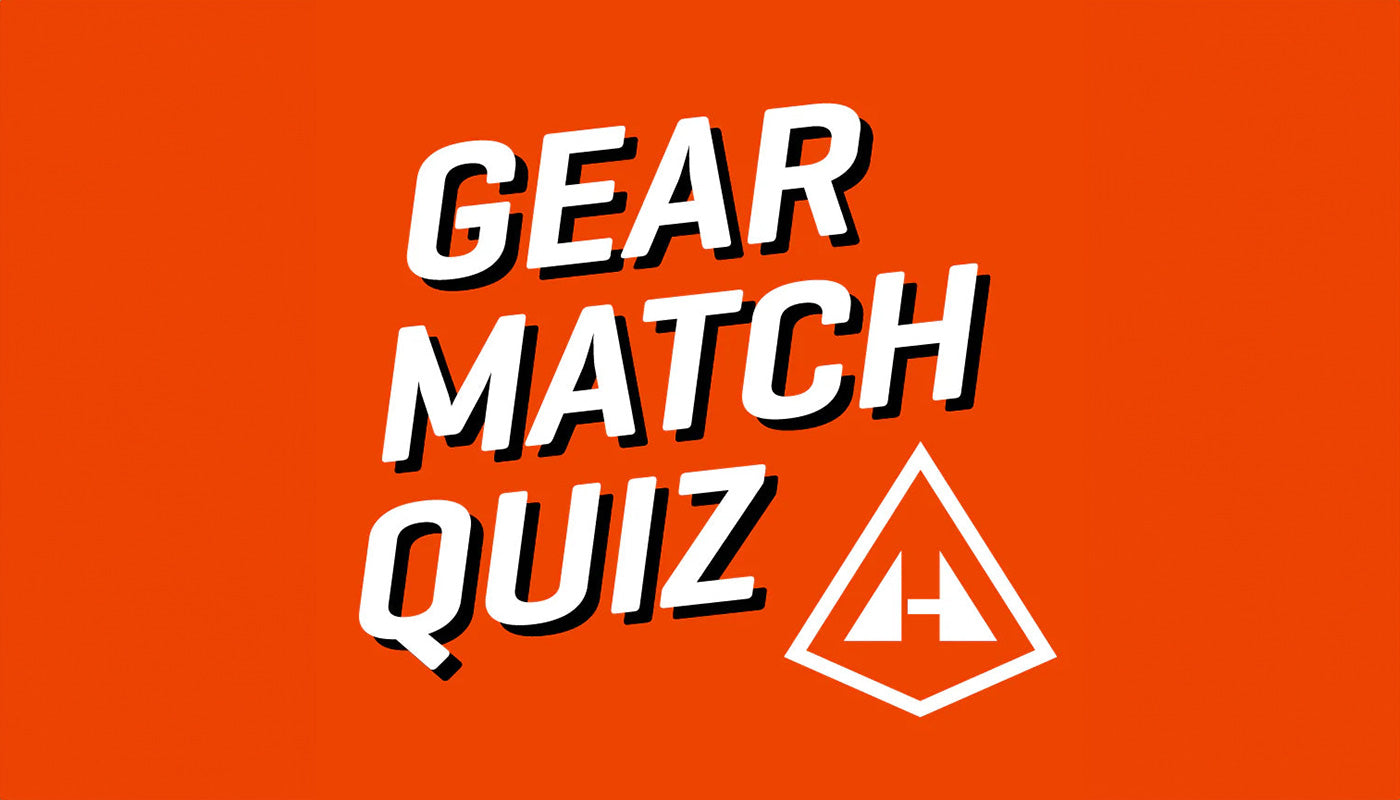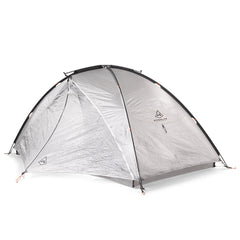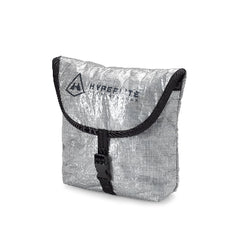Words and Photos by Jeff Garmire
Thirty thousand miles and always counting, give or take a few yards or inches, all done on foot. Jeff Garmire (@thefreeoutside) is still heading out whenever he can to "make up for 2020." Some of these miles were racked up diesel engine-style, nice and steady, all day long. Some were covered with a cinderblock on the gas pedal. In this post, he taps into the place any long-distance trail can lead to regardless of the speed by which it’s covered. It’s called the “pain cave,” and really, it doesn’t always sound as bad as the name implies.
Each month, Jeff will send out a call for your questions in our Instagram feed and answer them there or in new posts in The Shakedown section of our blog. Put your thinking caps on folks, and journey into Jeff's brain. Who knows what you'll learn!
The "pain cave" is a common term used in running, FKTs, and ultramarathons. But is it applicable to thru hiking?
Runners obsess over the pain cave. It dominates conversations and becomes an obsession. Athletes adopt slogans, create new types of races and try repeatedly to prove that they are the most comfortable amidst the discomfort. Top ultrarunners have even used their pain cave as a part of their image.
But what is a pain cave?
The pain cave is the point in a race or workout where the difficulty reaches new levels. It is the point where the body is screaming to quit, and the athlete is faced with the decision. Do I end the discomfort? Or do I continue to push through it?
Thru hikes take days, weeks, and months to complete. But, an ultramarathon is measured in hours. Do Pennsylvania's painful rocks and uneven terrain lead to a pain cave? Are miles of post-holing through Sierra Nevada snow the entrance to a pain cave? How about early snow on the Continental Divide Trail? Do thru hikers enter their own pain cave? I think so.

Most statistics suggest that less than half of hopeful thru hikers complete their trail. While several factors are involved in leaving the trail—injury, finances, personal reasons—a thru hike simply isn't for everyone. It is challenging to finish an entire trail. A thru hike is complex and full of adversity from start to finish. Like an FKT or an ultramarathon, the mental side is much more important than the physical aspects. No one is making hikers continue hiking, much like no one forces ultra runners to continue running. In fact, both populations are paying to be out there. It is a personal choice that comes with financial sacrifice. It is paying for discomfort and the rewards that pushing through it and towards a goal provides.
My Experience in the Pain Cave
I first found the pain cave at 19 years old in the middle of a marathon. It was only a taste, but at mile 20, my body was screaming. I was undertrained, and my muscles cramped and seized for the final six miles. I haven't run a marathon since, but I would re-enter that cave in the Sierra Nevada Mountains a year later.

The record snow year on the Pacific Crest Trail taught me a new activity—Postholing. For mile upon mile, our group of eight sank to our knees with each step while trying to follow a map and compass. It was beautiful. It was frustrating. And it was difficult. That pain cave didn't exactly result in the same kind of intense dread that the last six miles of the marathon did, but the continual discomfort of wet feet, wrong turns, and the cold were the same in a way, and oddly enough, just as rewarding.
After I found my pain cave, I kept going back. In 2016 I thru hiked the Appalachian Trail in the winter, and three feet of snow in the Smoky Mountains, with temperatures that plummeted below zero, led to a whole new level of discomfort. Each step was labor-intensive, and the cold stung. But, I would keep visiting the pain cave throughout the Calendar Year Triple Crown. It fueled my progress rather than inhibited it. I began to enjoy it. It made the views, the accomplishments, and the eventual success much sweeter.

Eventually, I found FKTs and a raised bar of intensity. Each accomplishment and success came with new discomfort and adversity. On the Arizona Trail, I super glued over the blisters on the bottom of my feet. On the Long Trail, I tightly duct-taped a rolled ankle, and on the Colorado Trail, I kept pushing through days of altitude sickness. The goal wasn't only to finish but to find a new level of drive and desire. The margin for error shrunk, and so did the chances of success.
FKTs combined the pain caves that ultrarunners know with the pain cave of thru hiking. It was what I spent years building up to. A process that required slowly gaining more experience pushing through mental fatigue and physical hardship. FKTs became my pinnacle of self-reliance, perseverance, and finding comfort in adversity.

The Thru Hiking Pain Cave
It doesn't take an FKT or a race to find a pain cave. Each morning simply crawling out of a warm sleeping bag takes incredible effort. Yet all successful thru hikers rise daily, pack in the cold, and continue trekking toward their goal.
A Navy Seal describes toughness as a groove. Each time toughness is tested, that groove gets a bit deeper. The toughness groove is built slowly by choosing to persevere over and over again. A thru hike is full of these decisions. Many thru hikers decide to leave the trail early on. It simply isn't for them. But, those that make it through the first weeks of the trip are unlikely to quit. The repetition, rhythm, and understanding simply become part of the adventure. It all becomes the source of accomplishment.
2021 Thru Hikers Finding the Pain Cave
Jack "Quadzilla" Jones finished the Continental Divide Trail, broke a watermelon with his quads (to prove his trail name), and then won a 106-mile ultramarathon in New Mexico two days later. With no traditional training, Jones credits his victory to the relentless forward motion that becomes the mindset during thru hikes. It was about consistency and finding comfort in discomfort.

Sammy Potter and Jackson Parell became the youngest to complete the Calendar Year Triple Crown in 2021. The initial plan was to hike each trail end to end, but heavy snow in Virginia, fires in California, and a never-ending series of reroutes jeopardized their chances of success. But, by diligently knocking out open sections, painstakingly jumping around all three trails, and continuing to log miles over ten months, they were able to connect their footsteps and complete their goal on October 22nd.
Do You Need to Know Where the Pain Cave is to Thru Hike?
No! The pain cave develops over time and exists just beyond the comfort zone. It is an ancillary benefit and something that is found along the way on a thru hike. I had no idea what a pain cave was when I started thru hiking, and now I am actively seeking it out! Go backpacking, and you will enjoy not only the adventure into nature but also getting to know yourself!
Jeff Garmire is a writer and author. When he isn't adding to his 30,000 trail miles, he can be found on the trails and in the mountains around Bozeman. He is the author of Free Outside, which chronicles his Calendar Year Triple Crown.























